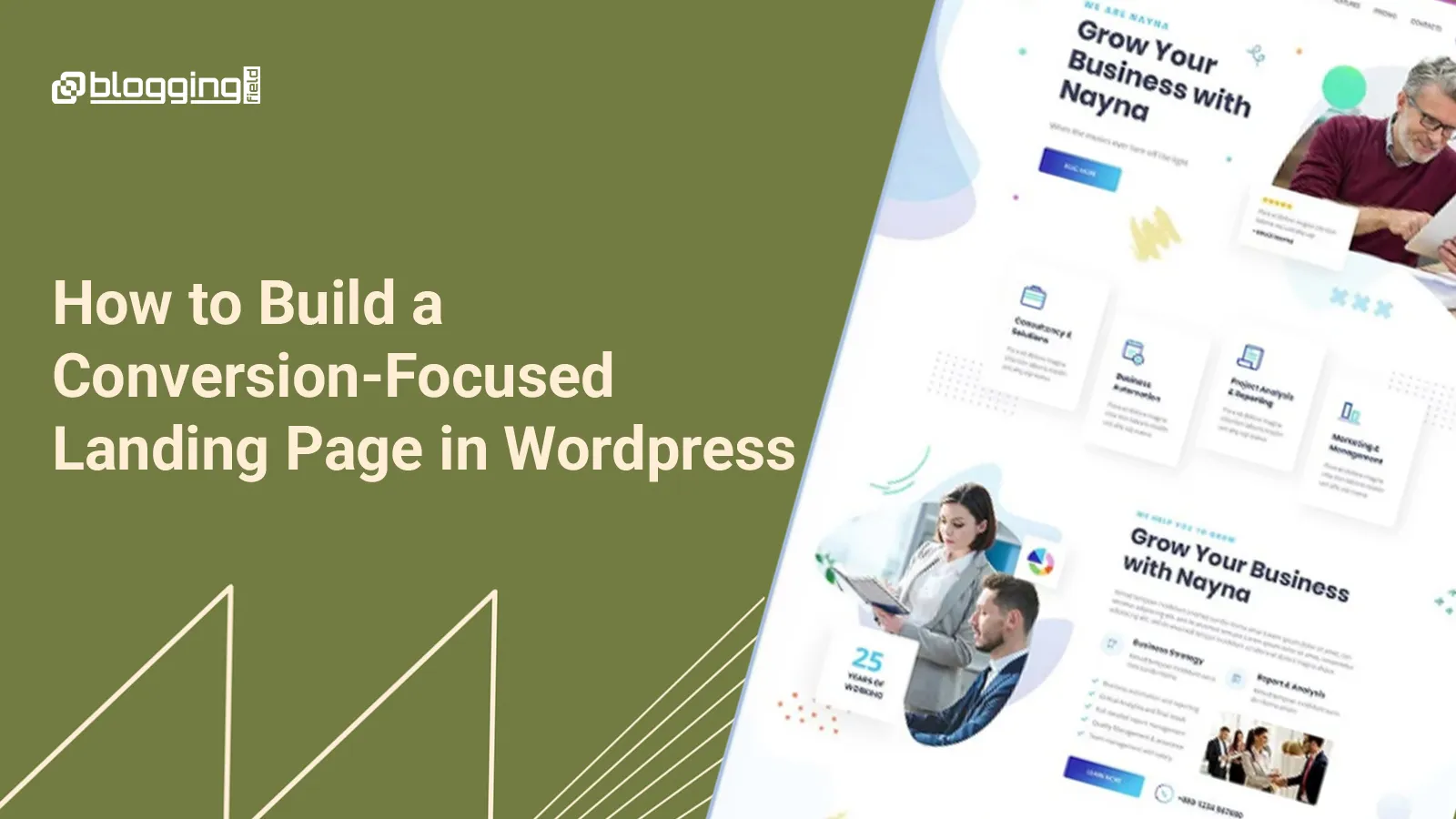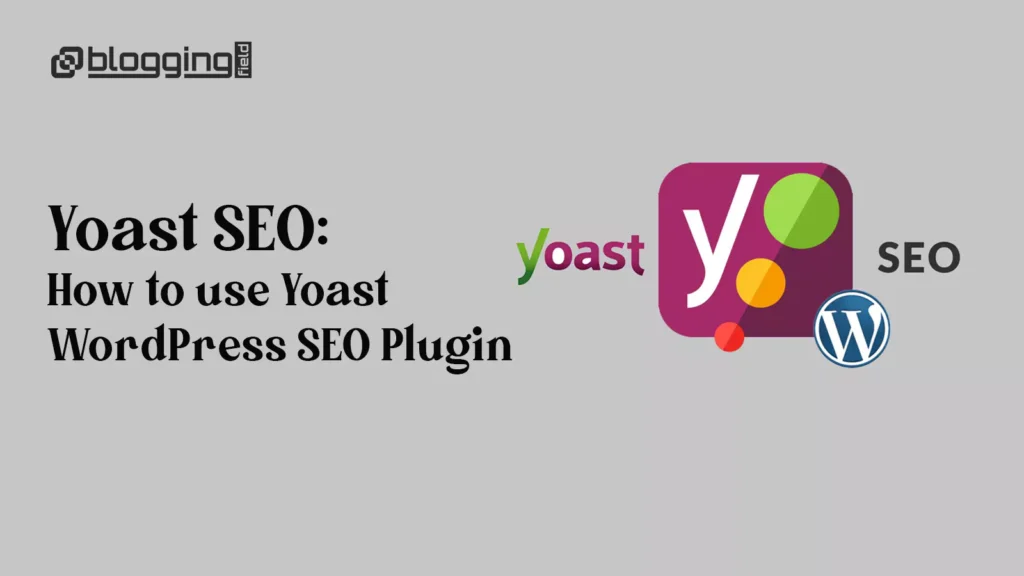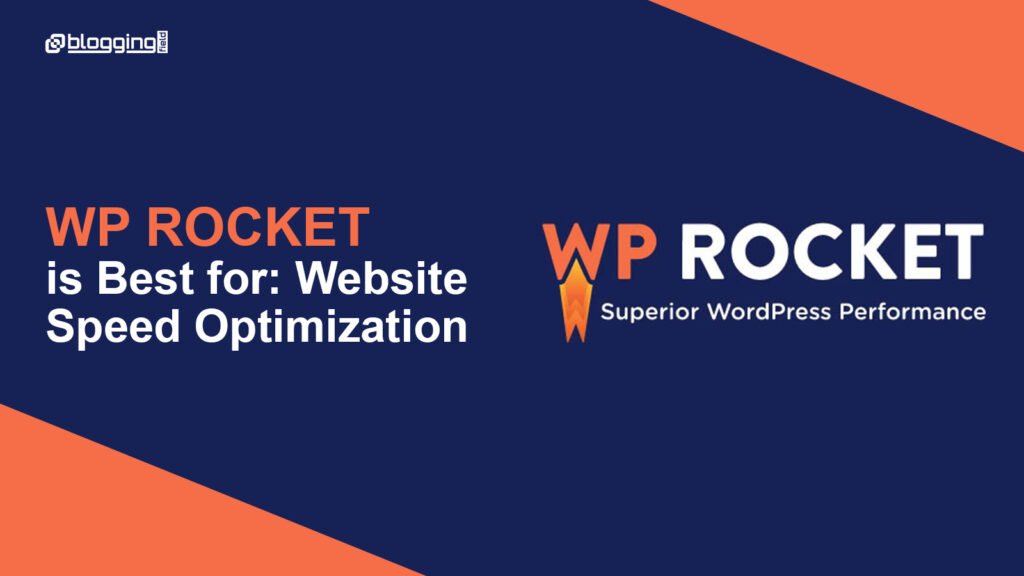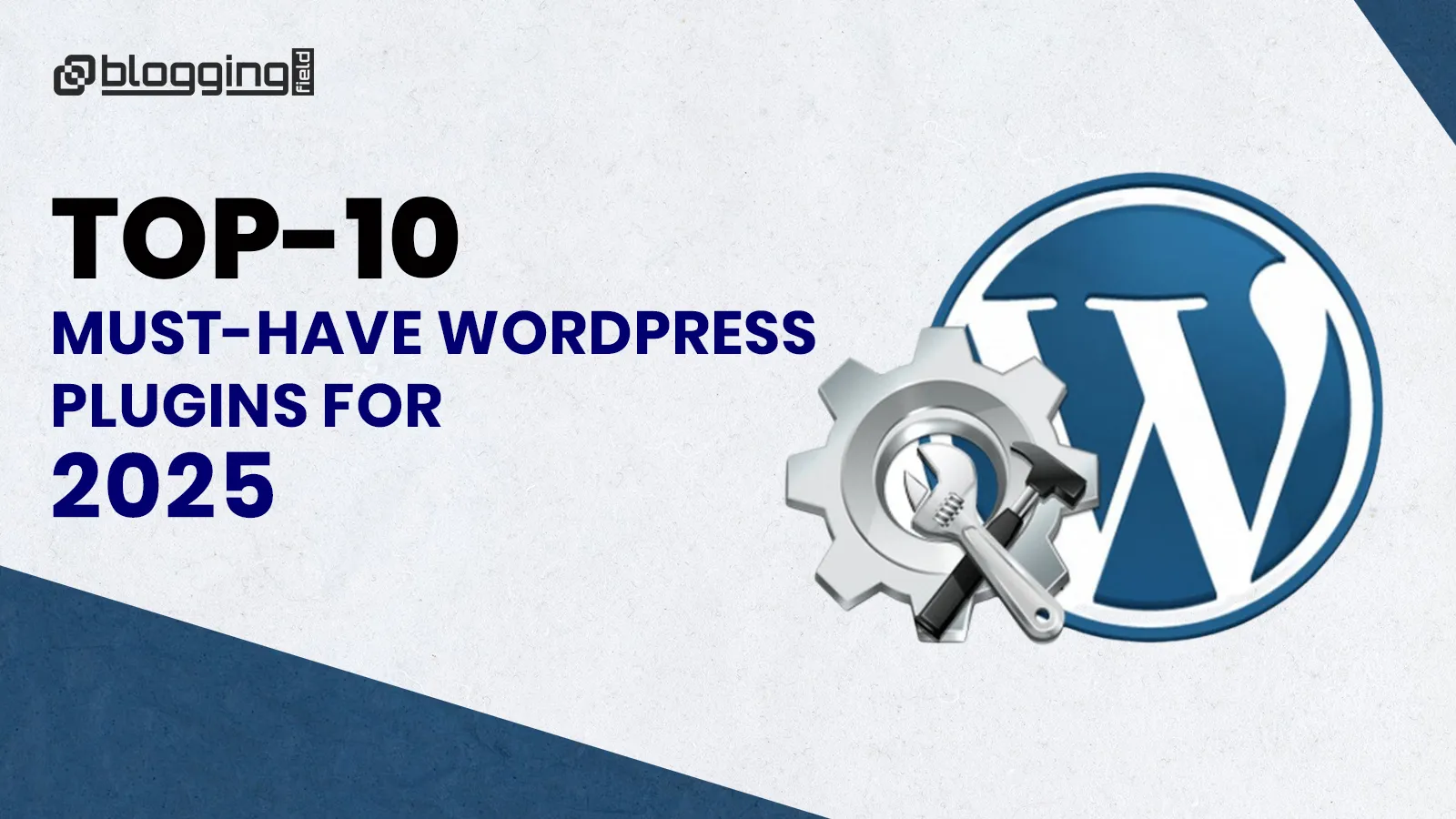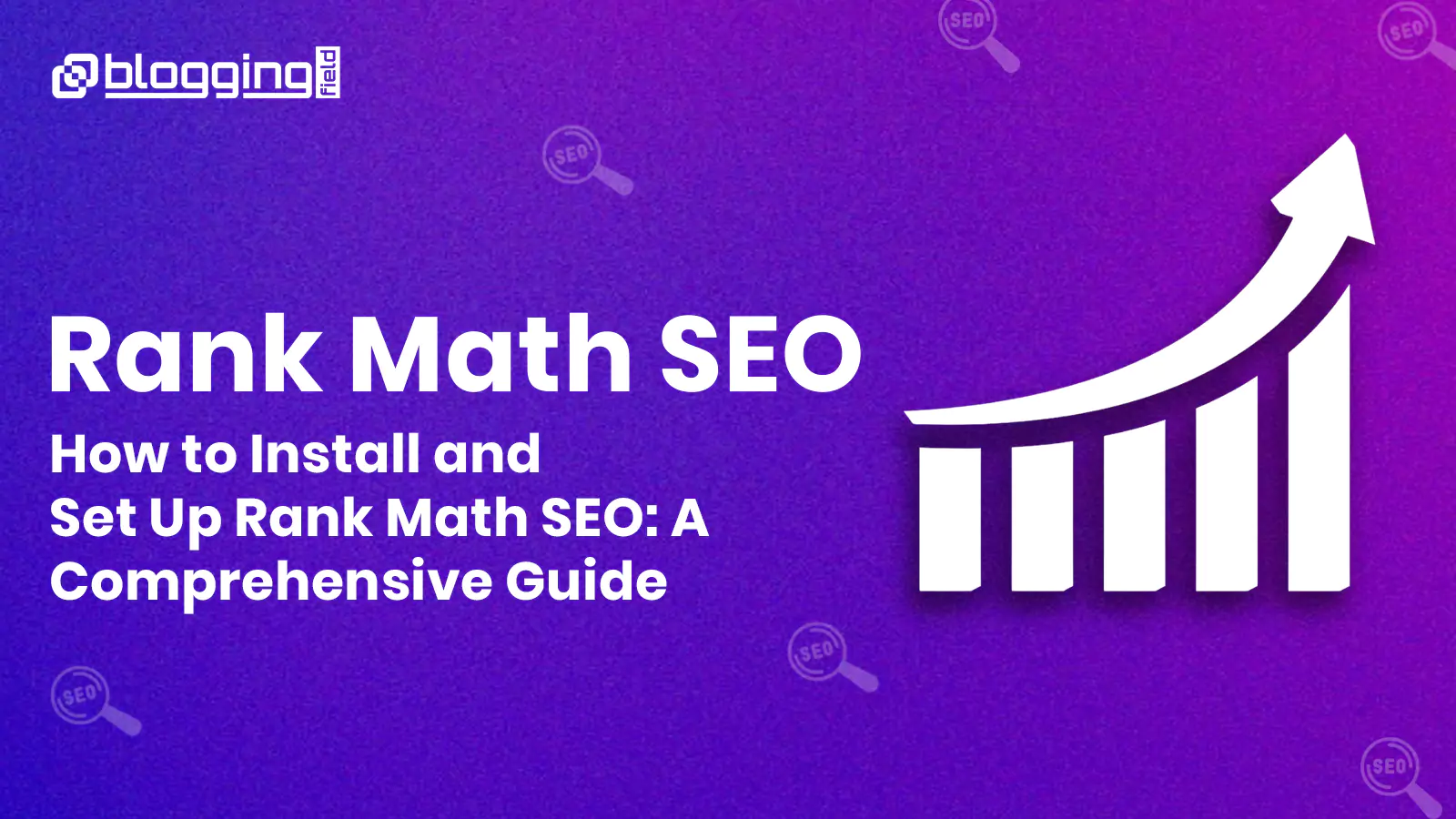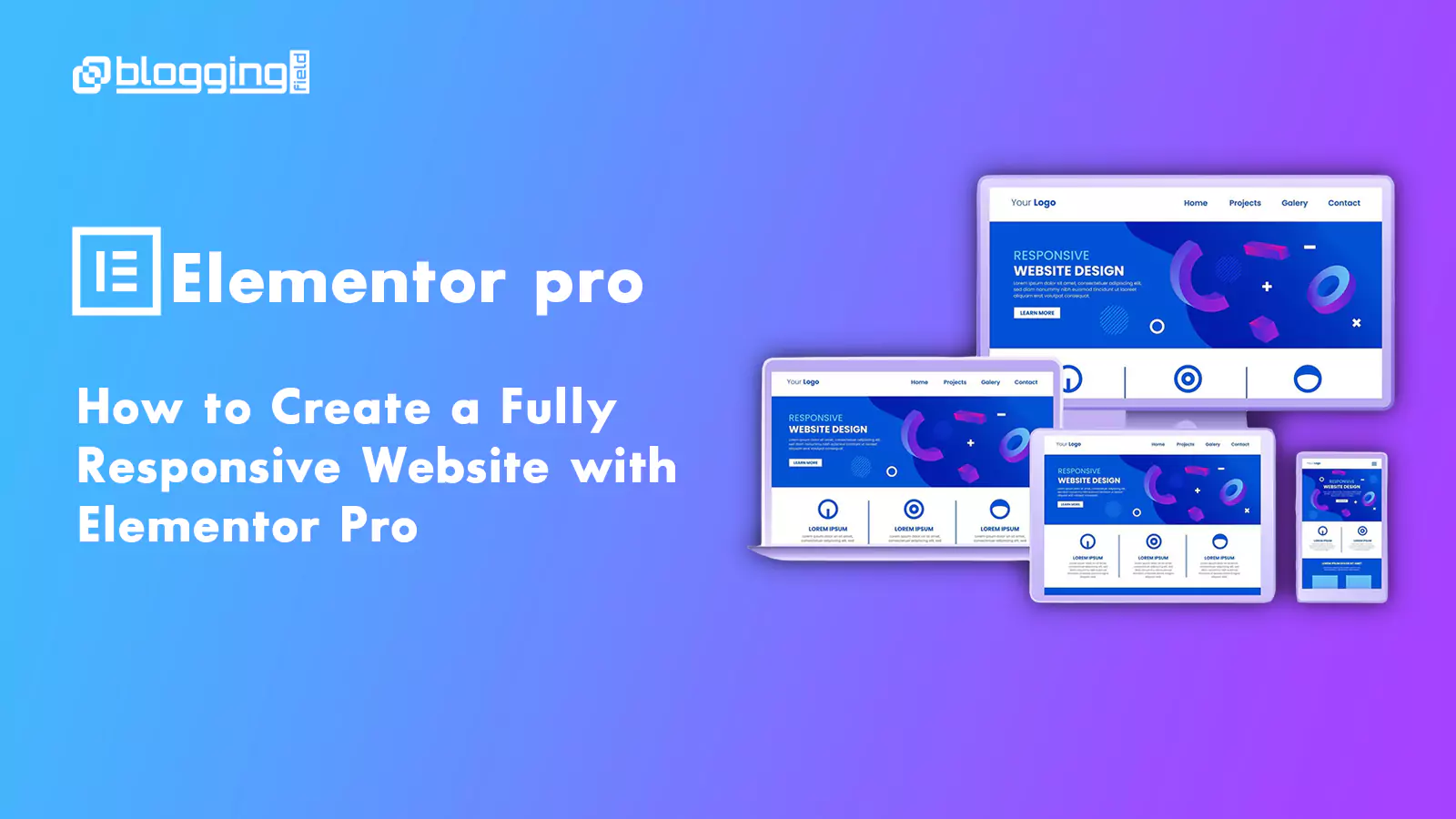Introduction
1. Why Conversion-Focused Landing Pages Matter
2. Choosing the Right WordPress Tools for Landing Pages
3. Essential Elements of a High-Converting Landing Page
To maximize conversions, your landing page should include the following elements:
Compelling Headline: The headline should grab attention immediately and clearly state your offer.
Persuasive Copywriting: Write benefit-driven content that highlights how your product or service solves a problem.
High-Quality Visuals: Images, videos, and graphics can make your page more engaging and credible.
Trust Signals: Add testimonials, reviews, or trust badges to build credibility.
Clear Call-to-Action (CTA): Make your CTA button stand out with contrasting colors and persuasive wording.
Mobile Responsiveness: Since most users browse on mobile, ensure your landing page is mobile-friendly.
By combining these elements, you can increase the chances of turning visitors into paying customers.
4. Best Practices for Conversion Optimization
Keep your design minimalistic and clutter-free.
Use urgency triggers such as “Limited Time Offer” or countdown timers.
Highlight the benefits, not just the features, of your product or service.
Place important information above the fold for maximum visibility.
Test multiple variations of your landing page to continuously improve results.
Step-by-Step Guide to Building a Landing Page in WordPress
Step 1: Install a Page Builder Plugin
Start by installing a plugin like Elementor or SeedProd from the WordPress dashboard. These tools allow you to design landing pages visually without coding.
Step 2: Choose a Pre-Built Template
Most page builders offer conversion-focused templates. Select one that aligns with your business goals, such as lead generation, product sales, or event registration.
Step 3: Customize Your Landing Page
Use drag-and-drop elements to customize the layout. Add your logo, edit the headline, insert product images, and include testimonials. Focus on creating a clean, distraction-free design.
Step 4: Add a Strong CTA
Your CTA button should stand out visually and use action-driven text like “Get Started Now,” “Download Free Guide,” or “Sign Up Today.” Place CTAs strategically throughout the page.
Step 5: Optimize for SEO & Speed
Optimize your landing page with relevant keywords, meta descriptions, and alt tags for images. Also, use a caching plugin to improve page load speed, as slow websites can hurt conversions.
Step 6: Test and Improve
Run A/B tests to compare different headlines, CTAs, or layouts. Use analytics tools like Google Analytics or Hotjar to track user behavior and identify areas for improvement.

